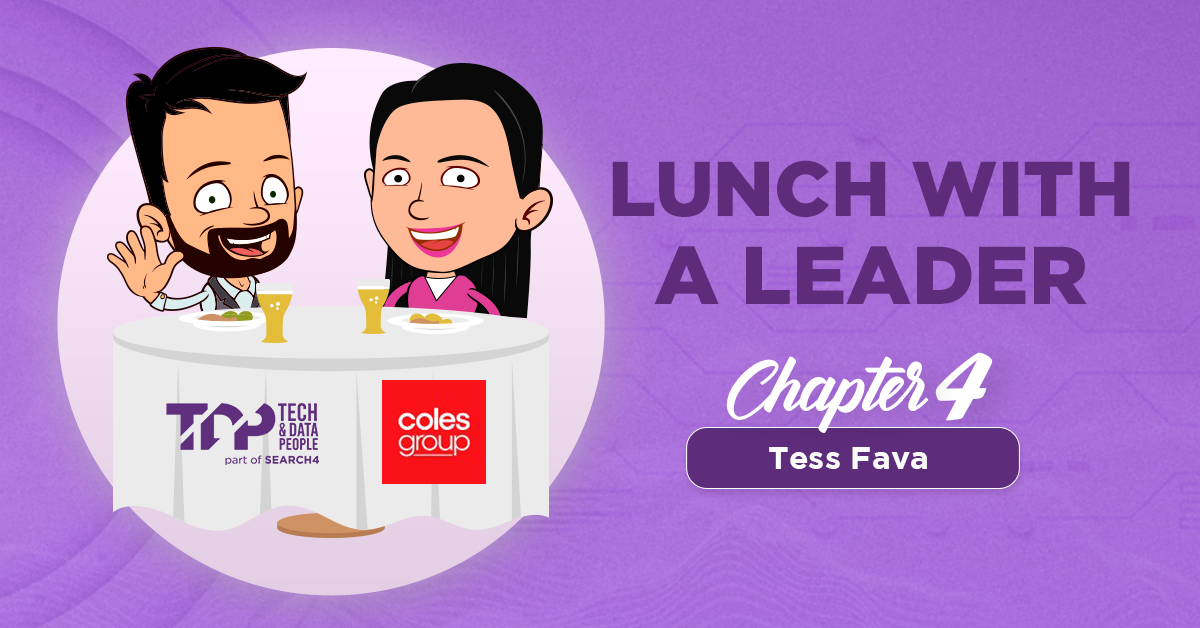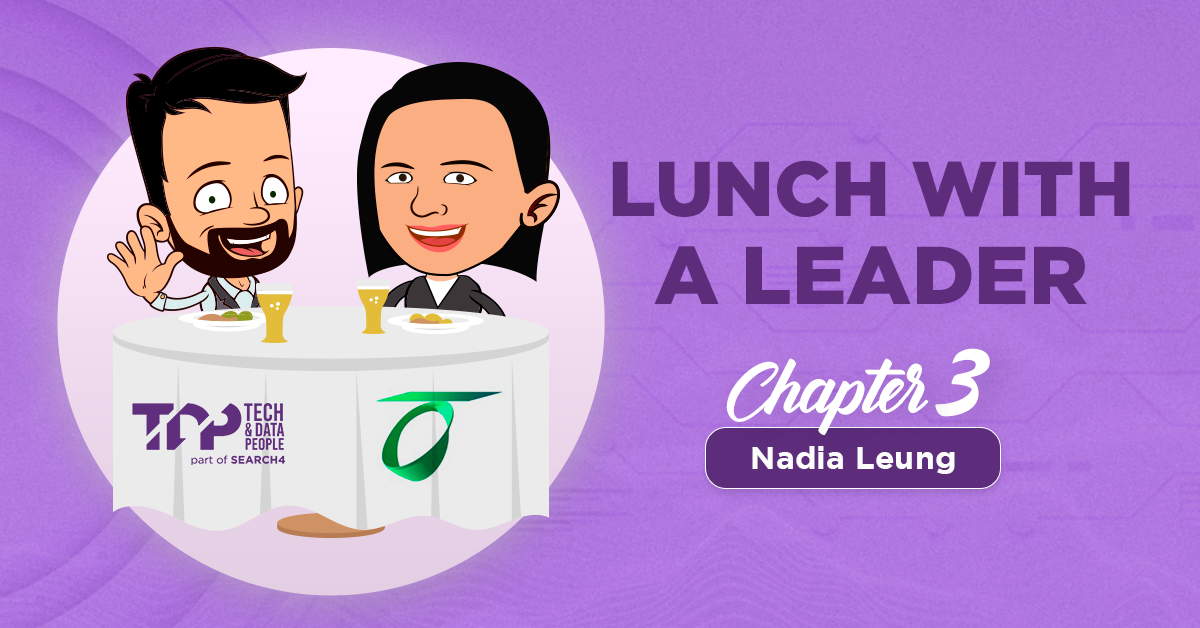Blogs

By Kara Porter
•
June 11, 2025
Welcome to Lunch with a Leader, where the Tech & Data People team sits down with IT leaders to uncover their career insights, challenges, and industry perspectives. Each conversation brings valuable lessons, trends, and advice to help our community grow and thrive. Grab a seat at the table and take in the insights from some of the best in the business.

By Kara Porter
•
May 11, 2025
Welcome to Lunch with a Leader, where the Tech & Data People team sits down with IT leaders to uncover their career insights, challenges, and industry perspectives. Each conversation brings valuable lessons, trends, and advice to help our community grow and thrive. Grab a seat at the table and take in the insights from some of the best in the business.


